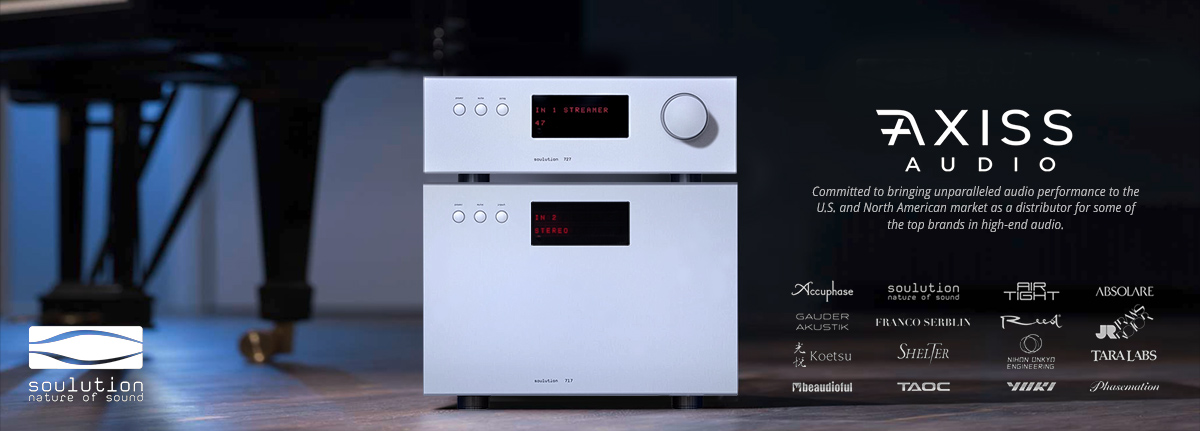No problem! I am just pleased to hear electricity is not quite as costly in Europe as we thought.[please forgive my poor English]
Thanks ! Stupid me, there seem to be an two zeros error in my math indeed
Believe it or not, I do not have the faintest idea of the cost of electricity, as I live in an condo with monthly billing for owners, which include all fees.
I had checked on an official site, and read a bit quickly: the price per kilowatt hour is "13,02c€", they write. Which is 13,02...cent of euro = €0,1302 !!
So for a Nelson Pass Sit-4, turned ON 10 hours/day, the cost is €1.3/day.
For 25 days/month, 10hours/day, the cost will be €32, 55/month.
For 6 hours/day, 25 days/month, it drops to €19,53/month, which is an acceptable cost (though not quite environmentally friendly).
This changes everything.
Thank you for your careful reading !
Of course, whether one should leave amps powered up all the time involves more than the cost of electricity. My system is all tube so I am in a different position. I turn my gear off when I finish listening. Back when I had solid state, I discovered my Classe CA-300 actually sounded best if it wasn’t powered up continuously. Other solid state equipment may behave differently.
















